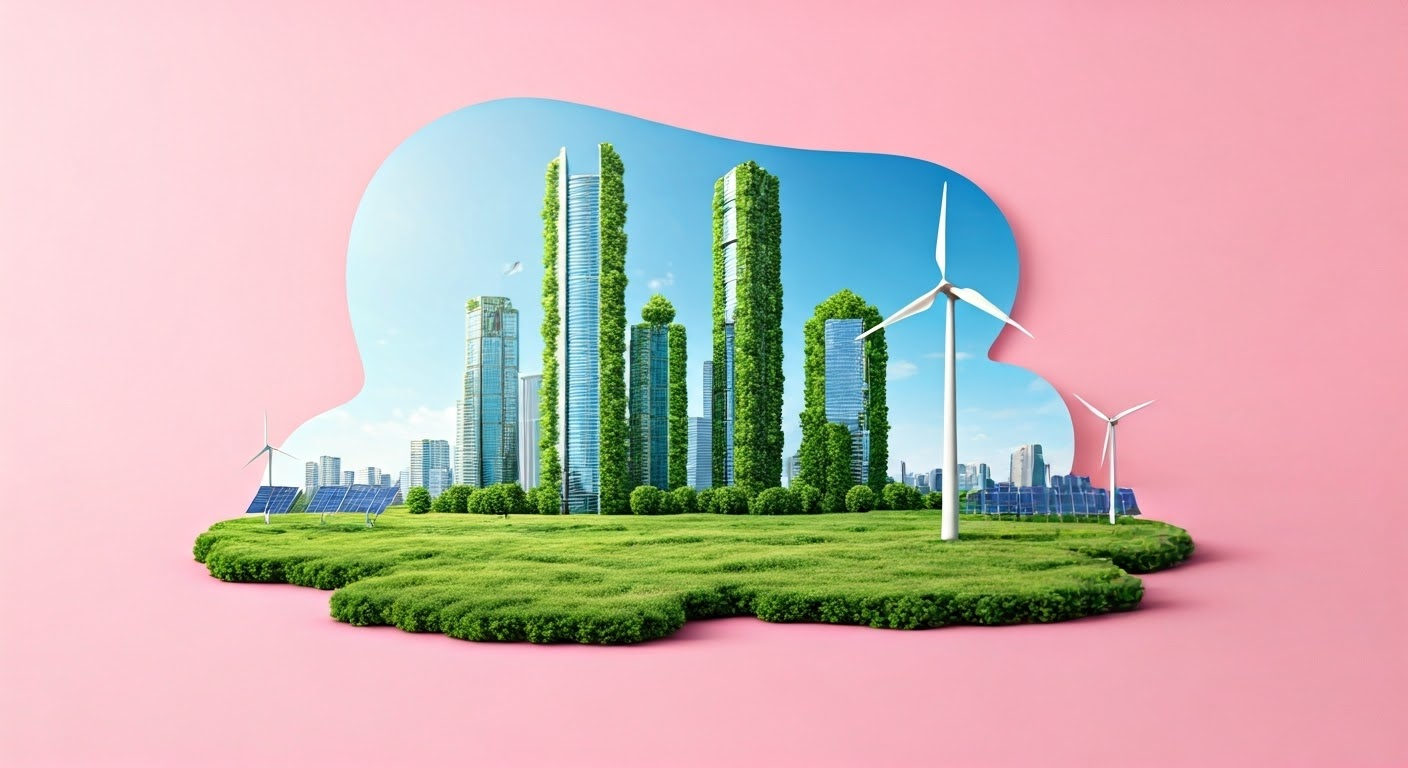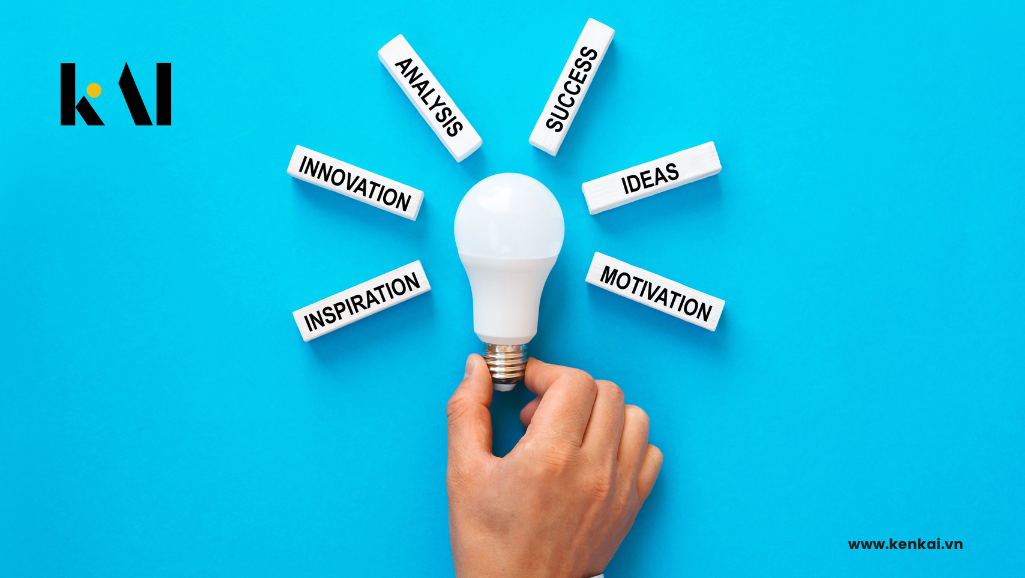
Vietnamese Version: https://kenkai.vn/giao-duc/su-khac-biet-giua-doi-moi-dot-pha-va-doi-moi-ben-vung-la-gi/
Key Points:
- Disruptive innovations create new products, industries and business models, while sustainable innovations focus on improving existing offerings
- Disruptive innovations often start small and target overlooked customers, while sustainable innovations aim to enhance products for current customers
- Successful disruptors priotitize developing the right business model over product quality, allowing them to gradually take market share from established players
- Sustainable innovations require rapid customer adoption to build a profitable business model, so innovators focus on distribution and sales processes
- Both disruptive and sustainable innovations can significantly transform industries, but they achieve this in very different ways that require distinct strategic responses from companies
Our digital age is filled with stories about successful innovators who seemed to achieve overnight success. Facebook started in a Harvard dorm room. Google began as a research project by two PhD students at Stanford University. Apple was born in a garage. We often mix up creativity and inspiration with breakthrough innovations, thinking that someone just wakes up one morning with a brilliant idea and starts building the next big invention. However, in real life, "most innovations - whether breakthrough or not - start as small-scale experiments," according to Professor Clay Christensen from Harvard Business School. This understanding challenges our common belief about sudden success stories. Instead, it suggests that even the most revolutionary changes usually begin with modest trials and gradual improvements. The path to innovation isn't typically a sudden flash of genius, but rather a series of small steps and careful experiments that eventually lead to significant breakthroughs.
There are three typical stages in the lifecycle of a major innovation. The first is a long period of experimentation and research into new methods. During this stage, many people might be working to solve the same problem, each from a slightly different angle. Take Gutenberg for example - he might have developed a basic printing process and press in 1440 in Strasbourg, but he needed another of testing and adjusting before he could get all elements in the right place. Once a breakthrough happens,it is followed by a rapid phase where many new products are introduced based on that good idea - it's about patient experimentation, careful testing, and continuous improvement until everything works perfectly together.

The final stage is commercialization. During this phase, new market entrants compete for market share, frequently replacing existing businesses and each other. For example, consider the case of color television sets. Black and white televisions were invented in the 1930s, followed by color televisions a decade later. The first broadcast of a color television program occurred in the early 1950s. As the quality of color television sets improved, more and more people chose to buy them. By 1972, sales of color television sets had surpassed black and white models. This pattern demonstrates how new technologies gradually gain acceptance in the market, with improved versions eventually replacing older onces. The competition between companies drives innovation and leads to better products for consumers.
Christensen introduced the term "disruptive innovation" in his book, The Innovator's Dilemma, published in the mid-1990s when the internet was just starting to grow. Today,we often use this term to describe any technological breakthrough that changes business models and industry competition. Most companies in the digital age follow the mantra "Disrupt or be disrupted." However, according to Christensen, who has spent the last two decades refining his research, this isn't exactly right. He now makes a clear distinction between two types of technological changes: disruptive innovations and sustaining innovations. Both types of innovation can significantly change customer experiences and industry business models, but they do this in very different ways. Leaders of traditional companies need to understand this difference to respond appropriately. For example, while disruptive innovations often start small and target overlooked customers, sustaining innovations focus on improving existing products for current customers. This understanding helps companies make better strategic decisions about which innovations to pursue and how to respond to changes in their industry. By recognizing these differences, companies can better position themselves in the market and adapt their strategies accordingly.

Defining Breakthrough Innovation
We will define breakthrough innovation as a disruptive technological invention that creates new products, new industries, new business models, and new markets (meaning new customers). For example, the invention of the printing press and related processes meant that books and magazines could now be quickly copied and distributed to thousands of people who had never owned a book before. This, in turn, created a publishing industry with organizational and financial models completely different from the era of small-scale industry. The transformation was significant because it not only changed how information was shared but also created entirely new ways of doing business, reaching customers, and generating value in ways that were previously impossible.
On the other hand, sustainable innovation makes products better. During this process, these sustainable breakthroughs can also create new business models and new markets. For example, steam-powered printing presses developed in the early 19th century were a huge improvement compared to the hand-operated presses used in the previous three centuries. Books and newspapers could now be produced in larger quantities and more efficiently, leading to lower costs for customers. This, in turn, created new markets and new business models for both industries. The Google algorithm is another example of sustainable innovation, being a major improvement over the initial labor-intensive search functions used by Altavista, Yahoo!, and Lycos. These sustainable innovations show how businesses operate and serve their customers. By making products more efficient and accessible, sustainable innovations can transform industries and create new opportunities for growth, even without the dramatic disruption associated with breakthrough innovations.
It's important to remember that not all innovations - whether breakthrough or sustainable - succeed. In fact, most of them fail. Only about one-third of new businesses survive after 5 years of operation.

According to Christensen, successful disruptors focus on getting the right business model rather than product quality. Disruptors first attack existing businesses on cost, producing a new product that is much more efficient. When they develop distribution channels and gain market position, these disruptors start attacting customers and revenue from existing businesses. Only when revenue begins to decline do most existing businesses realize the danger from disruptive competitors, who often hide in plain sight for many years.
The key point is that success in innovation isn't guaranteed, no matter how good the idea seems. Most new businesses and innovations don't make it in the long run. The ones that do succeed usually win by focusing on creating better business models and being more efficient, rather than just making better products. This strategy allows them to slowly but surely take market share from established companies.
Existing businesses usually respond much faster to competitive threats from sustainable innovations. They either try to improve the quality of their current portfolio. For example, newspaper and publishers quickly understood the implications of steam-powered rotary presses and began adopting these significantly improved products.
Early customer adoption rate is crucial for a sustainable innovation. Therefore, instead of focusing on reducing costs of existing products, successful sustainable innovators quickly develop distribution systems and sales processes that will allow them to gain early market share. The faster the adoption rate, the more likely the sustainable innovator will develop a successful business model based on revenue from new customers.
When faced with sustainable innovation threats, established companies often take quick action. They might enhance their existing products or choose to buy and merge (M&A) with new competitors. A good example is how newspaper companies quickly embraced steam-powered printing technology when it emerged. For sustainable innovations to succeed, getting customers to adopt early is key. That's why smart sustainable innovators don't just try to make things cheaper - they build strong distribution networks and sales methods to capture market share quickly. The faster customers adopt their innovation, the better chance they have of building a profitable business model with new customer revenue.
There is an additional advantage. With rapid product adoption, the improved product can become the industry's new standard, effectively eliminating other competitors. For instance, Lycos and Yahoo! quickly lost their search market share to Google, which became the leading search engine for consumers because its algorithm offered significant improvements compared to others' labor-intensive and often inconsistent methods. All of this raises a question: Is there a first-mover advantage for disruptive innovators? If so, under what circumstances? In most cases, it is beneficial to be the second or third entrant in the market offering sustainable innovation.






















0 Comments